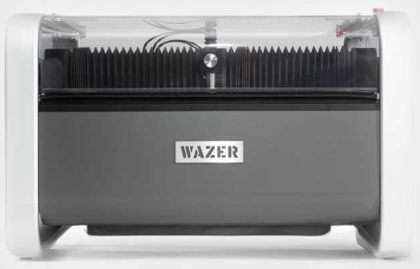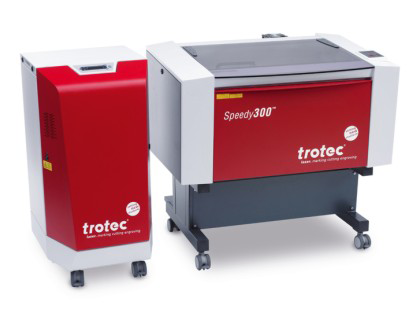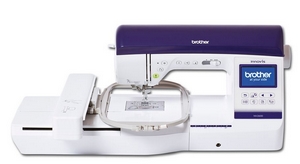Imprimante 3D Prusa i3 MK4
Tarif réduit : 3€ / 30 min Tarif normal : 4.5€ / 30 min Tarif entreprise : 8€ / 30 min
Cela pourrait également vous intéresser
 Crédit Photo : Elektormagazine
Crédit Photo : Elektormagazine
The Wazer is the first “desktop” waterjet cutting machine. The principle of waterjet cutting is simple: water is projected at extremely high pressure (between 4,000 and 6,000 bars), to which an abrasive agent (garnet sand) is added. The latter, carried by the power of the high-pressure jet, can reach a speed of Mach 2.5 (2.5 x the speed of sound) and thus enable the cutting of very hard elements.
Materials that can be cut with this machine:
Marble ( 12.7 mm Max) / Glass ( 15.8 mm Max) / Aluminium ( 12.7 mm Max) / Steel ( 4 mm Max)/ Silicone ( 12.7 mm Max) / High-density polyethylene (HDPE) ( 12.7 mm Max) / Carbone ( 6.3 mm Max) / Carbon fibres ( 4.78 mm Max).
This list is not exhaustive; please, contact us to check if your material is compatible.
Cutting surface:
305×460 mm
Crédit Photo : Elektormagazine
Wazer Water jet cutting
Cut the toughest materials in no time!
 Crédit Photo : TROTEC
Crédit Photo : TROTEC
In order to use the Trotec Speedy 300, you will need to come with your vectorised cutting file in .svg or .pdf format (CAD or graphics editing software such as Illustrator, Photoshop, etc.) and prepare only one file per sheet.
For student architects, pleaser refer to our laser cutting instruction leaflet (in French).
You can also take part in one of our training courses or come and practice your drawing at the Fablab.
It will then be necessary to run this file through the proprietary TROTEC JobControl software to start the cutting/engraving process.
All you have to do is let your imagination run wild and the machine will do the rest!
Features
- Power: 100 W
- Part volume: 729 mm x 433 mm x 200 mm
- Materials for cutting of engraving: plexiglas, wood, textile, paper, glass, cardboard, etc.
- Thickness according to materials: MDF/CP/PMMA = 10 mm, Rough wood = depending on the type, Glass/stone: engraving only
Only the first 15 / 30 minutes will be charged at the time of booking. The balance is to be paid on site.
Crédit Photo : TROTEC
Laser cutting
Cutting or engraving materials to quickly produce prototypes of your projects.
 Crédit Photo : Brother
Crédit Photo : Brother
The digital embroidery Brother Innov-is NV2600 machine can be used both manually (like a conventional sewing machine) and by numerical control (to make designs, images or text, embroidered on your fabrics).
It is also possible to create your own designs to be set up on the proprietary software of the PE Design machine.
Features
- 7 drive claws
- 14 alphabets
- 227 integrated embroidery designs
Only the first 15 / 30 minutes will be charged at the time of booking. The balance is to be paid on site.
Crédit Photo : Brother
Digital embroidery machine
Create and realise embroidered designs on fabrics.
 Crédit Photo : 3D Systems
Crédit Photo : 3D Systems
This 3D Systems portable scanner allows you to digitise 3D objects with millimetre precision, while reproducing colours with a resolution of 1,920 x 180 pixels.
It comes with software that allows you to scan, rework and export the scans in .stl, .obj, .ply or .wrl.
Features
- Perimeter of capture: max. = 1.60 m / min. = 20 cm
- View angles: horizontal = 45° / vertical = 57.5° / diagonal = 69°
- Nomber of frames per second: 30 fps
- Scan volume: min. = 0.2 x 0.2 x 0.2 m / max. = 2 x 2 x 2 m
- Operating temperature: 10 – 40°C
- Spatial resolution in x/y at 50 cm distance: 0.9 mm
- Depth resolution at 50 cm distance: 1 mm